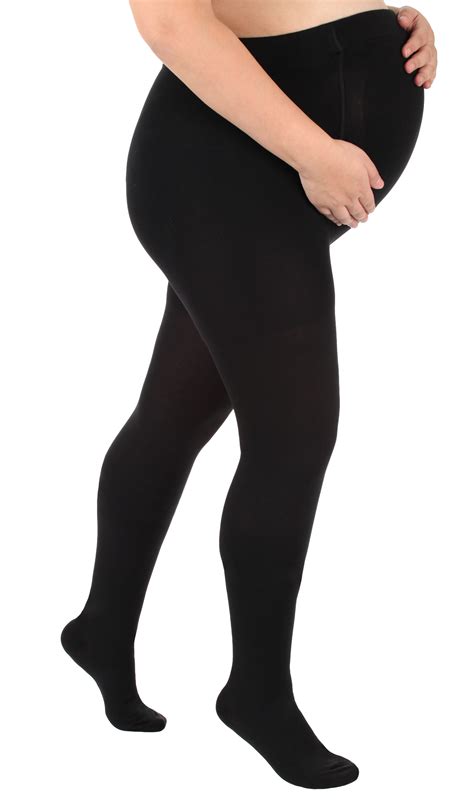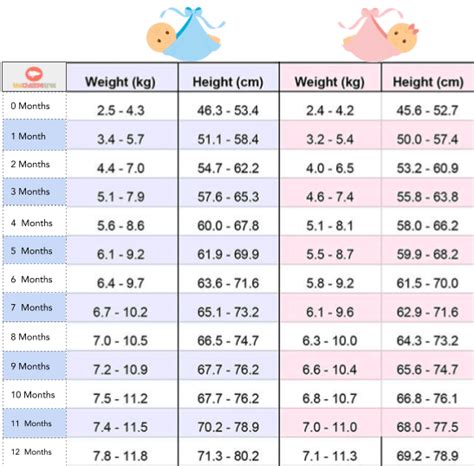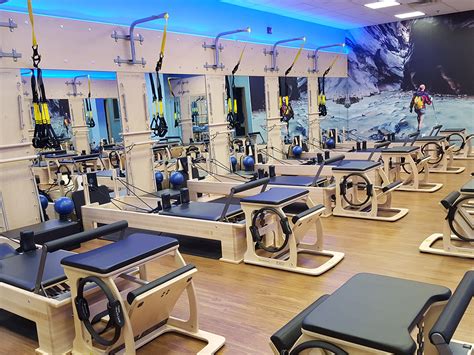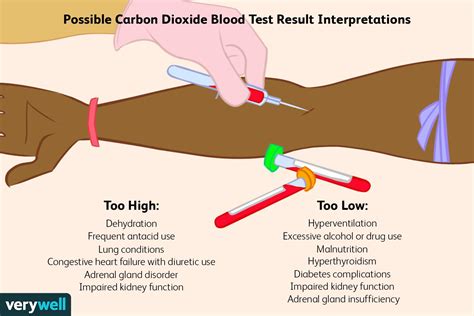The journey of pregnancy is a unique and fascinating experience, filled with numerous physical and emotional changes. Among these changes, the circulatory system undergoes significant alterations to accommodate the growing fetus and prepare the body for childbirth. One common issue that many pregnant women face is the discomfort and health risks associated with blood pooling in the legs, which can lead to conditions such as varicose veins, edema, and deep vein thrombosis (DVT). Compression hose during pregnancy has emerged as a valuable tool in mitigating these issues, providing both preventive and therapeutic benefits.
Understanding Compression Hose
Compression hose, also known as compression stockings, are specially designed garments that apply graduated compression to the legs. The term “graduated” refers to the varying levels of pressure applied along the length of the hose, with the highest pressure at the ankle and decreasing as you move up the leg. This gradient is crucial as it helps in promoting venous return (the flow of blood back to the heart) by applying the most pressure where it is needed the most, thus facilitating the efficient circulation of blood.
Benefits of Compression Hose During Pregnancy
Reduced Swelling: By enhancing blood circulation, compression hose can significantly reduce swelling in the feet, ankles, and legs, which is a common complaint during pregnancy due to increased fluid volume and pressure from the growing uterus.
Prevention of Varicose Veins: The increased blood volume and cardiac output during pregnancy, along with the pressure exerted by the expanding uterus on the pelvic veins, can lead to varicose veins. Compression hose helps in preventing the formation of varicose veins by ensuring that blood moves more efficiently through the veins.
Decreased Risk of DVT: Deep vein thrombosis is a serious condition where a blood clot forms in the deep veins of the body, often in the legs. Pregnancy increases the risk of DVT due to increased blood clotting factors, immobility, and pressure on veins. Compression hose is a recommended preventive measure for reducing this risk by improving blood flow.
Relief from Discomfort: Many women experience aching and heaviness in their legs during pregnancy. Compression hose can provide relief from these symptoms by improving circulation and reducing fluid accumulation.
Postpartum Recovery: The benefits of compression hose extend beyond pregnancy. They can be particularly helpful during postpartum recovery, especially if the woman had a cesarean delivery or is at risk for DVT, as they can reduce the risk of blood clots and promote healing.
Choosing the Right Compression Hose
With the myriad of options available, selecting the appropriate compression hose can seem daunting. Here are a few tips to consider:
Consult Your Healthcare Provider: Before purchasing compression hose, it’s essential to consult with your healthcare provider. They can recommend the right level of compression based on your specific needs and health status.
Compression Level: Compression hose comes in different compression levels measured in mmHg (millimeters of mercury). The most common levels are 8-15 mmHg, 15-20 mmHg, and 20-30 mmHg. The level of compression needed can vary based on the individual’s condition and the stage of pregnancy.
Fit and Comfort: It’s crucial to choose a size that fits well. Compression hose that is too tight can be uncomfortable and may not provide the desired benefits, while hose that is too loose may not be effective.
Material and Style: Consider the material and style. Look for breathable, moisture-wicking fabrics that will keep your skin dry and comfortable. There are various styles available, including knee-high, thigh-high, and pantyhose, allowing you to choose what works best for your lifestyle and preferences.
Implementation and Usage
To get the most out of compression hose during pregnancy, follow these guidelines:
Put Them On First Thing: It’s best to put on your compression hose in the morning before getting out of bed, as this is when swelling is typically at its minimum.
Wear Them Consistently: For optimal benefits, wear your compression hose throughout the day, removing them at night before bed.
Monitor Your Fit: As your pregnancy progresses, your size may change. Ensure that your compression hose still fits correctly to maintain their effectiveness.
Combine with Other Preventive Measures: While compression hose is beneficial, it’s also important to combine their use with other preventive measures such as regular exercise, staying hydrated, avoiding long periods of standing or sitting, and elevating your legs when possible.
FAQ Section
What is the primary benefit of wearing compression hose during pregnancy?
+The primary benefit is the reduction of swelling and prevention of varicose veins by enhancing venous return and improving blood circulation in the legs.
How do I choose the right compression level for my needs?
+Consulting with your healthcare provider is the best way to determine the appropriate compression level. They will assess your individual needs and medical history to recommend the most suitable level of compression.
Can I wear compression hose after pregnancy?
+Yes, compression hose can continue to provide benefits after pregnancy, especially during the postpartum period. They can help reduce the risk of blood clots and aid in the recovery process. However, it's essential to follow the advice of your healthcare provider regarding continued use.
In conclusion, compression hose can be a valuable addition to a pregnant woman’s healthcare regimen, offering numerous benefits that can enhance comfort and reduce the risk of circulatory complications. By understanding the mechanics of compression hose, their advantages, and how to properly select and use them, individuals can make the most out of this simple yet effective tool. Remember, the key to successful use of compression hose during pregnancy is consultation with a healthcare provider and consistent, proper use.



